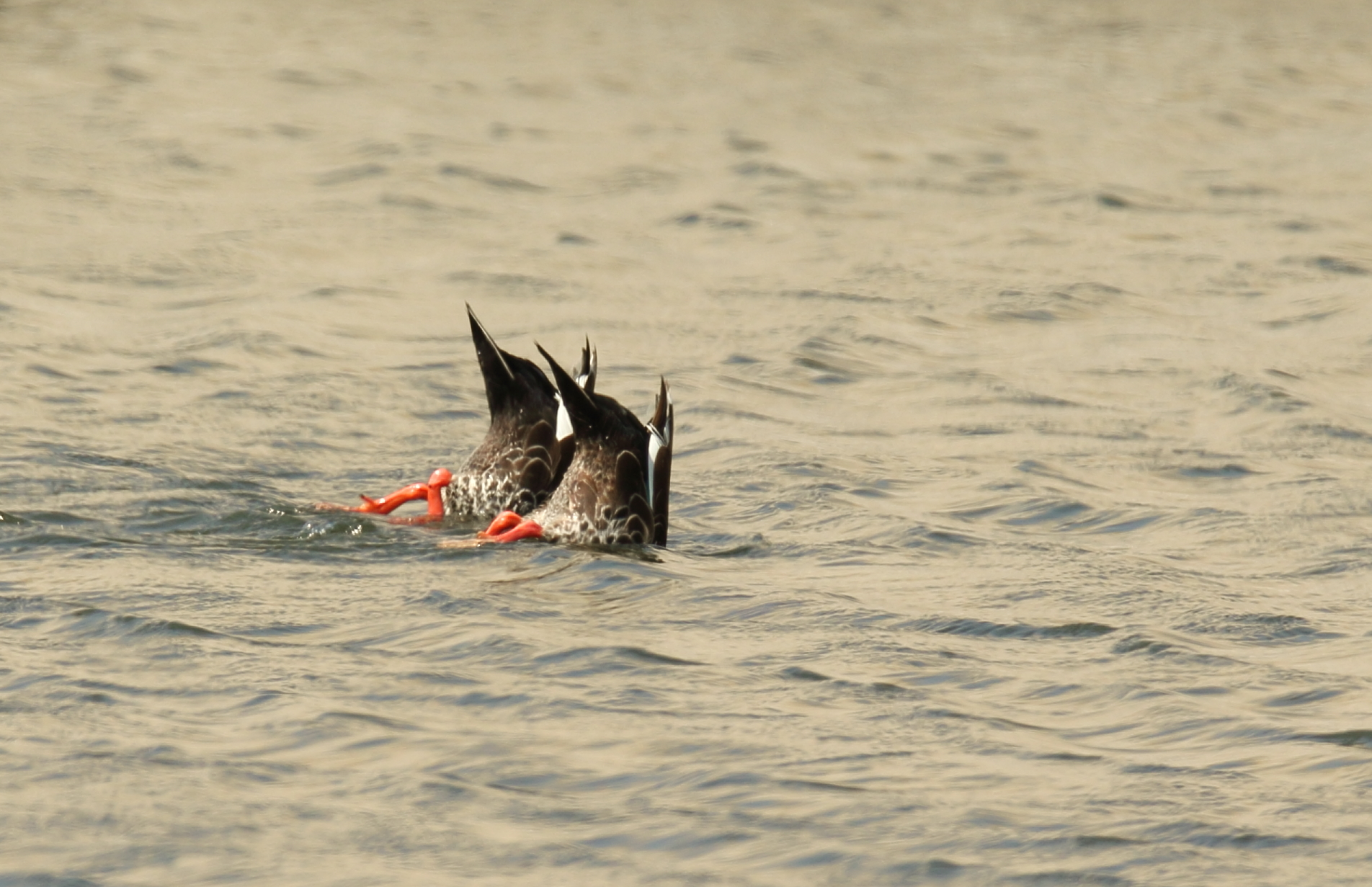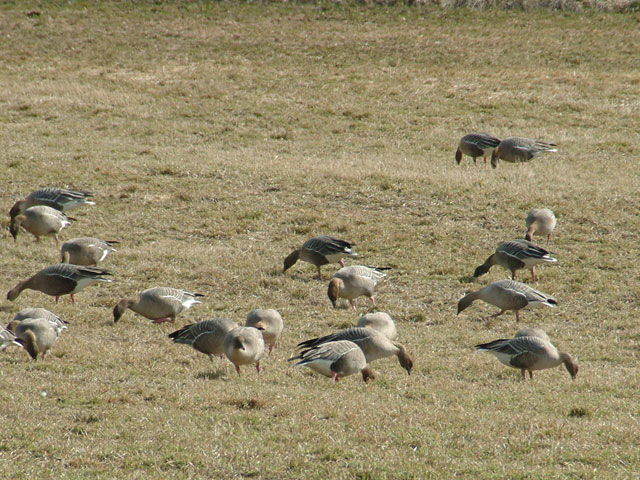|
Wyre Estuary Country Park
Wyre Estuary Country Park is located in Thornton-Cleveleys, Lancashire, England. Established in 1991''A History of Blackpool, the Fylde and South Wyre'' – Nick Moore (2018), p. 1003 and covering , it is situated on the western banks of the long , near its mouth at the at . The Wyre estuary forms part of the southern boundary of |
Country Park
A country park is a natural area designated for people to visit and enjoy recreation in a countryside environment. United Kingdom History In the United Kingdom, the term ''country park'' has a special meaning. There are around 250 recognised country parks in England and Wales attracting some 57 million visitors a year, and another 40 or so in Scotland. Most country parks were designated in the 1970s, under the Countryside Act 1968, with the support of the former Countryside Commission. In more recent times there has been no specific financial support for country parks directly and fewer have been designated. Most parks are managed by local authorities, although other organisations and private individuals can also run them. The 1968 Countryside Act empowered the Countryside Commission to recognize country parks. Although the Act established country parks and gave guidance on the core facilities and services they should provide it did not empower the designation of sites as country ... [...More Info...] [...Related Items...] OR: [Wikipedia] [Google] [Baidu] |
Hambleton, Lancashire
Hambleton is a village and civil parish in the English county of Lancashire. It is situated on a coastal plain called the Fylde and in an area east of the River Wyre known locally as Over Wyre. Hambleton lies approximately north-east of its post town, Poulton-le-Fylde, and about north-east of the seaside resort of Blackpool. In the 2001 United Kingdom census, the parish had a population of 2,678, increasing to 2,744 at the 2011 census. Hambleton is part of the Borough of Wyre and is in the parliamentary constituency of Wyre and Preston North. History Hambleton was recorded as ''Hameltune'' in the ''Domesday Book'' of 1086 and as ''Hamelton'' in the 12th century. By the 16th century, the spelling was ''Hambleton''. At the time of the Norman conquest of England in 1066, Hambleton was a small township in the ancient hundred of Amounderness, in the possession of King Harold II's brother Earl Tostig. The area of the township was assessed as two carucates or ploughlands. Historica ... [...More Info...] [...Related Items...] OR: [Wikipedia] [Google] [Baidu] |
Anatinae
The Anatinae are a subfamily of the family Anatidae (swans, geese and ducks). Its surviving members are the dabbling ducks, which feed mainly at the surface rather than by diving. The other members of the Anatinae are the extinct moa-nalo, a young but highly apomorphic lineage derived from the dabbling ducks. There has been much debate about the systematical status and which ducks belong to the Anatinae. Some taxonomic authorities only include the dabbling ducks and their close relatives, the extinct moa-nalos. Alternatively, the Anatinae are considered to include most "ducks", and the dabbling ducks form a tribe Anatini within these. The classification as presented here more appropriately reflects the remaining uncertainty about the interrelationships of the major lineages of Anatidae (waterfowl). Systematics The dabbling duck group, of worldwide distribution, was delimited in a 1986 study to include eight genera and some 50–60 living species. However, Salvadori's teal is ... [...More Info...] [...Related Items...] OR: [Wikipedia] [Google] [Baidu] |
Sedge Warbler
The sedge warbler (''Acrocephalus schoenobaenus'') is an Old World warbler in the genus '' Acrocephalus''. It is a medium-sized warbler with a brown, streaked back and wings and a distinct pale supercilium. Sedge warblers are migratory, crossing the Sahara to get from their European and Asian breeding grounds to spend winter in Africa. The male's song is composed of random chattering phrases and can include mimicry of other species. The sedge warbler is mostly insectivorous. Taxonomy The sedge warbler was formally described by the Swedish naturalist Carl Linnaeus in 1758 in the tenth edition of his ''Systema Naturae'' under the binomial name ''Motacilla schoenobaenus''. The species is now placed in the genus '' Acrocephalus'' that was introduced in 1811 by Johann Andreas Naumann and his son Johann Friedrich Naumann. British ornithologists did not distinguish the species from the Eurasian reed warbler until the 18th century. The genus name ''Acrocephalus'' is from Ancient Gree ... [...More Info...] [...Related Items...] OR: [Wikipedia] [Google] [Baidu] |
Reed Warbler
The ''Acrocephalus'' warblers are small, insectivorous passerine birds belonging to the genus ''Acrocephalus''. Formerly in the paraphyletic Old World warbler assemblage, they are now separated as the namesake of the marsh and tree warbler family Acrocephalidae. They are sometimes called marsh warblers or reed warblers, but this invites confusion with marsh warbler and reed warbler proper, especially in North America, where it is common to use lower case for bird species. These are rather drab brownish warblers usually associated with marshes or other wetlands. Some are streaked, others plain. Many species breeding in temperate regions are migratory. This genus has heavily diversified into many species throughout islands across the tropical Pacific. This in turn has led to many of the resulting insular endemic species to become endangered. Several of these species (including all but one of the species endemic to the Marianas and two endemic to French Polynesia) have already gon ... [...More Info...] [...Related Items...] OR: [Wikipedia] [Google] [Baidu] |
Reed Bunting
The common reed bunting (''Emberiza schoeniclus'') is a passerine bird in the bunting family Emberizidae, a group now separated by most modern authors from the finches, Fringillidae. The genus name ''Emberiza'' is from Old German ''Embritz'', a bunting. The specific ''schoeniclus'' is from Ancient Greek ''skhoiniklos'', a now unknown waterside bird. It breeds across Europe and much of the Palearctic. Most birds migrate south in winter, but those in the milder south and west of the range are resident. It is common in reedbeds and also breeds in drier open areas such as moorland and cultivation. For example, it is a component of the purple moor grass and rush pastures, a type of Biodiversity Action Plan habitat in the UK. It occurs on poorly drained neutral and acidic soils of the lowlands and upland fringe. Taxonomy The common reed bunting was described by the Swedish naturalist Carl Linnaeus in 1758 in the tenth edition of his ''Systema Naturae'' under the binomial name '' ... [...More Info...] [...Related Items...] OR: [Wikipedia] [Google] [Baidu] |
Pink-footed Goose
The pink-footed goose (''Anser brachyrhynchus'') is a goose which breeds in eastern Greenland, Iceland and Svalbard. It is migratory, wintering in northwest Europe, especially Ireland, Great Britain, the Netherlands, and western Denmark. The name is often abbreviated in colloquial usage to "pinkfoot" (plural "pinkfeet"). ''Anser'' is the Latin for "goose", and ''brachyrhynchus'' comes from the ancient Greek ''brachus'' "short" and ''rhunchos'' "bill". It is a medium-sized goose, long, the wingspan , and weighing . It has a short bill, bright pink in the middle with a black base and tip, and pink feet. The body is mid-grey-brown, the head and neck a richer, darker brown, the rump and vent white, and the tail grey with a broad white tip. The upper wing-coverts are of a somewhat similar pale bluish-grey as in the greylag goose, and the flight feathers blackish-grey. The species is most closely related to the bean goose ''Anser fabalis'' (having even been treated as a subspecies of ... [...More Info...] [...Related Items...] OR: [Wikipedia] [Google] [Baidu] |
Common Redshank
The common redshank or simply redshank (''Tringa totanus'') is a Eurasian wader in the large family Scolopacidae. Taxonomy The common redshank was formally described by the Swedish naturalist Carl Linnaeus in 1758 in the tenth edition of his ''Systema Naturae'' under the binomial name ''Scolopax totanus''. It is now placed with twelve other species in the genus ''Tringa'' that Linnaeus had introduced in 1758. The genus name ''Tringa'' is the New Latin name given to the green sandpiper by the Italian naturalist Ulisse Aldrovandi in 1603 based on Ancient Greek ''trungas'', a thrush-sized, white-rumped, tail-bobbing wading bird mentioned by Aristotle. The specific ''totanus'' is from , the Italian name for this bird. Six subspecies are recognised: * ''T. t. robusta'' ( Schiøler, 1919) – breeds in Iceland and the Faroe Islands; non-breeding around the British Isles and west Europe * ''T. t. totanus'' (Linnaeus, 1758) – breeds in west, north Europe to west Siberia; winters in ... [...More Info...] [...Related Items...] OR: [Wikipedia] [Google] [Baidu] |
Black-tailed Godwit
The black-tailed godwit (''Limosa limosa'') is a large, long-legged, long-billed shorebird first described by Carl Linnaeus in 1758. It is a member of the godwit genus, ''Limosa''. There are four subspecies, all with orange head, neck and chest in breeding plumage and dull grey-brown winter coloration, and distinctive black and white wingbar at all times. Its breeding range stretches from Iceland through Europe and areas of central Asia. Black-tailed godwits spend (the northern hemisphere) winter in areas as diverse as the Indian subcontinent, Australia, New Zealand, western Europe and west Africa. The species breeds in fens, lake edges, damp meadows, moorlands and bogs and uses estuaries, swamps and floods in (the northern hemisphere) winter; it is more likely to be found inland and on freshwater than the similar bar-tailed godwit. The world population is estimated to be 634,000 to 805,000 birds and is classified as Near Threatened. The black-tailed godwit is the national bird ... [...More Info...] [...Related Items...] OR: [Wikipedia] [Google] [Baidu] |
Anser Brachyrhynchus
The pink-footed goose (''Anser brachyrhynchus'') is a goose which breeds in eastern Greenland, Iceland and Svalbard. It is migratory, wintering in northwest Europe, especially Ireland, Great Britain, the Netherlands, and western Denmark. The name is often abbreviated in colloquial usage to "pinkfoot" (plural "pinkfeet"). ''Anser'' is the Latin for "goose", and ''brachyrhynchus'' comes from the ancient Greek ''brachus'' "short" and ''rhunchos'' "bill". It is a medium-sized goose, long, the wingspan , and weighing . It has a short bill, bright pink in the middle with a black base and tip, and pink feet. The body is mid-grey-brown, the head and neck a richer, darker brown, the rump and vent white, and the tail grey with a broad white tip. The upper wing-coverts are of a somewhat similar pale bluish-grey as in the greylag goose, and the flight feathers blackish-grey. The species is most closely related to the bean goose ''Anser fabalis'' (having even been treated as a subspecies ... [...More Info...] [...Related Items...] OR: [Wikipedia] [Google] [Baidu] |
Botanist
Botany, also called , plant biology or phytology, is the science of plant life and a branch of biology. A botanist, plant scientist or phytologist is a scientist who specialises in this field. The term "botany" comes from the Ancient Greek word (''botanē'') meaning "pasture", " herbs" "grass", or " fodder"; is in turn derived from (), "to feed" or "to graze". Traditionally, botany has also included the study of fungi and algae by mycologists and phycologists respectively, with the study of these three groups of organisms remaining within the sphere of interest of the International Botanical Congress. Nowadays, botanists (in the strict sense) study approximately 410,000 species of land plants of which some 391,000 species are vascular plants (including approximately 369,000 species of flowering plants), and approximately 20,000 are bryophytes. Botany originated in prehistory as herbalism with the efforts of early humans to identify – and later cultivate – edible, med ... [...More Info...] [...Related Items...] OR: [Wikipedia] [Google] [Baidu] |


.jpg)


.jpg)
